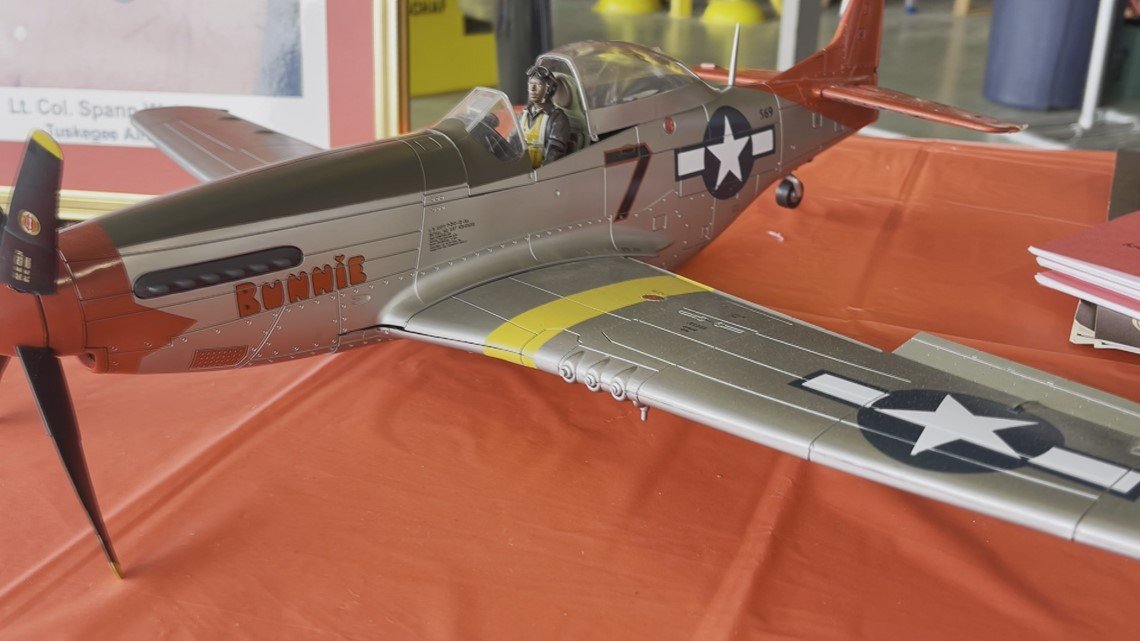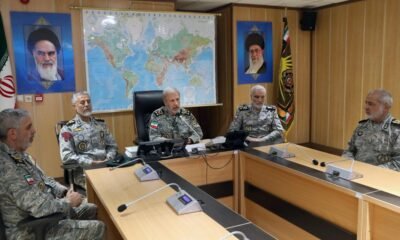holidays
More DEI Controversy: Air Force Axes Course Featuring Tuskegee Airmen and Women’s WWII Heroes

The Air Force has taken significant steps in response to a recent directive, removing training materials featuring historical figures such as the Tuskegee Airmen and Women Airforce Service Pilots (WASPs). This decision aligns with the Trump administration’s intensified efforts to limit diversity, equity, and inclusion (DEI) training initiatives.
As part of their basic military training, new enlisted troops were previously shown videos highlighting the contributions of these pioneering aviators. However, the Air Force has confirmed the removal of these specific materials from their DEI courses.
In an official statement, the Air Force highlighted its commitment to adhering to all directives from the President’s Executive Orders, emphasizing the need for professionalism and alignment with national security goals. The challenge arises not from the videos’ content, but rather from the broader context in which they were used for DEI training.
The Tuskegee Airmen, recognized as the first Black military pilots in the U.S., served in a segregated unit during World War II and achieved notable success with one of the lowest loss ratios among bomber escorts. Their fleet included notable aircraft such as the P-47 Thunderbolt and P-51 Mustang, providing essential support in the European theater.
Recognition of their service came posthumously, with President George W. Bush awarding them the Congressional Gold Medal in 2007. In a notable moment during his presidency, Donald Trump promoted Charles McGee, one of the last surviving Tuskegee Airmen, to brigadier general in 2020. McGee passed away in 2022 at the age of 102.
Meanwhile, WASPs played a crucial role during the war by transporting aircraft, thereby allowing male pilots to engage in combat missions. It was only in recent years that they earned the right to burial in Arlington National Cemetery.
As the Air Force seeks to diversify its ranks and attract underrepresented communities into aviation and military careers, the removal of these historic materials represents a contentious shift in training policies.


















